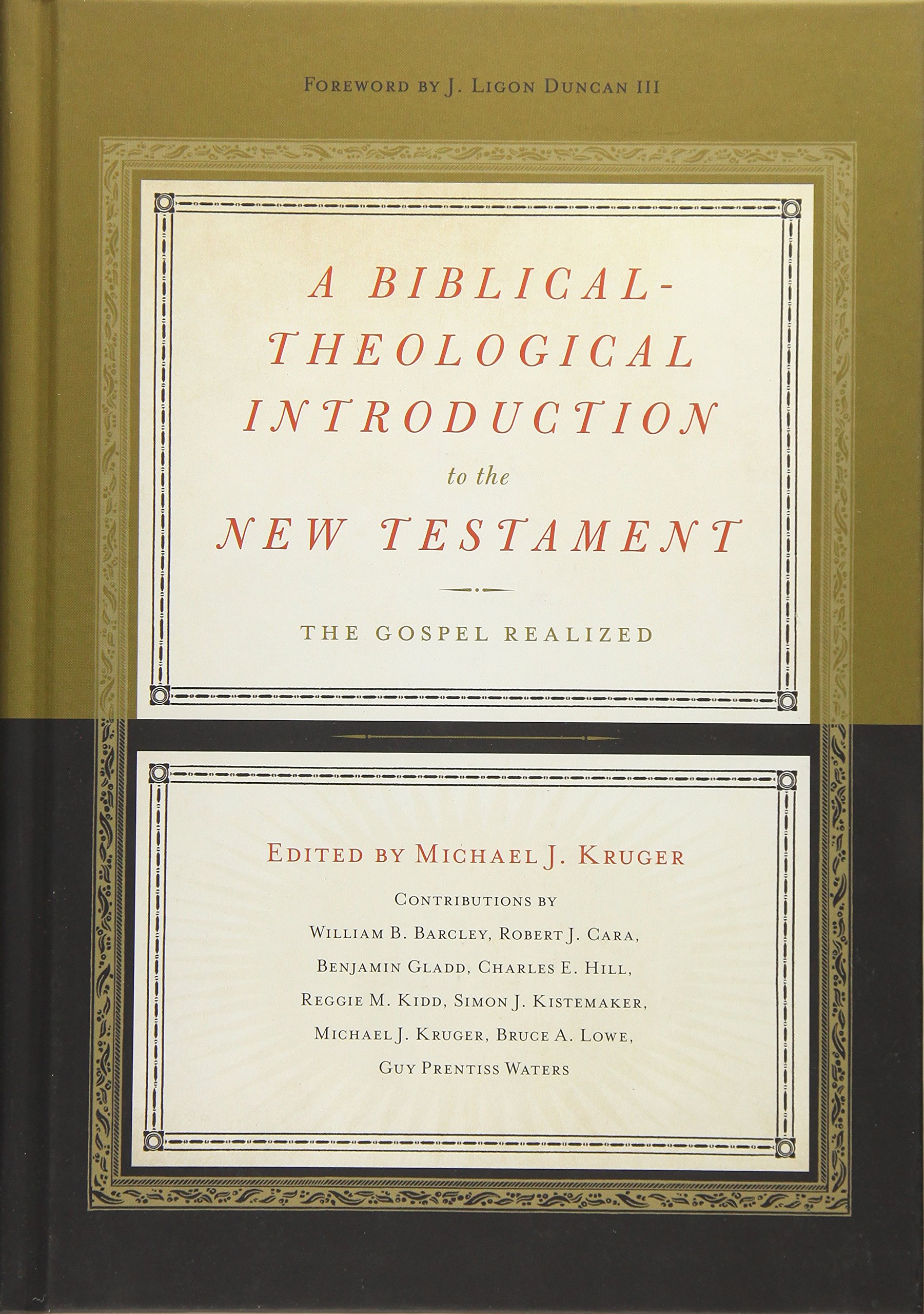Guy Prentiss Waters skizziert meisterhaft die beiden Realitäten, in denen sich Christen bewegen:
In (1Corinthians) 1:10–4:21, Paul is pivoting back and forth between two mutually exclusive realities vying for the loyalties of the Corinthians. On the one hand, there is the “wisdom of the world,” the “wisdom of this age,” which Paul describes using the adjectives “natural,” “fleshly,” and “human.” On the other hand, there is the “gospel,” the “wisdom of God,” which is not only “spiritual” but has been uniquely conveyed to the church by the “Spirit,” through the apostles.
The contrast between “flesh” and “Spirit” is both significant and oft-repeated in Paul’s letters. In Romans 1:3–4, it expresses the aeonic, eschatological, or redemptive historical contrast between two orders or ages. As Herman Ridderbos has observed, “flesh” and “Spirit” “represent two modes of existence, on the one hand that of the old aeon which is characterized and determined by the flesh, on the other that of the new creation which is of the Spirit of God.” How does Paul understand these two aeons or ages? There is, on the one hand, this present age, or what Paul calls “the present evil age” (Gal. 1:4). For Paul, this age is spatiotemporal. It is a span of time, but more than a span of time. It is a moral order that characterizes and defines the world of humanity untouched by the saving grace of God in Christ. It is for this reason that Paul can use the terms “age” and “world” synonymously in 1 Corinthians 1:20 and 2:6. This age stands in systemic and concerted rebellion against and hostility toward God and Christ. Thus, it is “the rulers of this age” who “crucified the Lord of glory” (1 Cor. 2:8).
Paul, however, defines the age to come, inaugurated in history by the resurrection of Christ from the dead, in terms of the activity of the Spirit who raised Christ from the dead. In a word, Paul can speak of this order in terms of the “life” that Christ has secured by his death and resurrection, the “life” that the Spirit is now applying to his people (Rom. 8:10). This application begins when the Spirit unites a sinner to Christ in his death and resurrection and when, by the Spirit, that sinner lays hold of Christ by faith (Eph. 2:5–6; Col. 2:12). This dynamic helps to explain why Paul identifies the gospel of the cross of Christ with a wisdom that he proceeds to define explicitly in terms of the revelatory activity of the Holy Spirit (1 Cor. 2:12–14). For Paul, it is not simply that Christians have been translated from this present evil age and brought into the age to come. They certainly have experienced that transfer (Gal. 1:4; Col. 1:13). But they have not altogether left this present age. As Paul tells the Corinthians in 1 Corinthians 5:10, Christians have not presently left the “world.” Having been delivered from this age, we yet continue to live within this age, even as we no longer belong to this age. Negotiating life in the overlap of the ages is not always easy. It poses certain challenges and opportunities for believers.
Guy Prentiss Waters. 1-2 Corinthians. In: Michael J. Kruger. A Biblical-Theological Introduction to the New Testament. The Gospel Realized. Crossway: Wheaton, 2016. (202-203)
